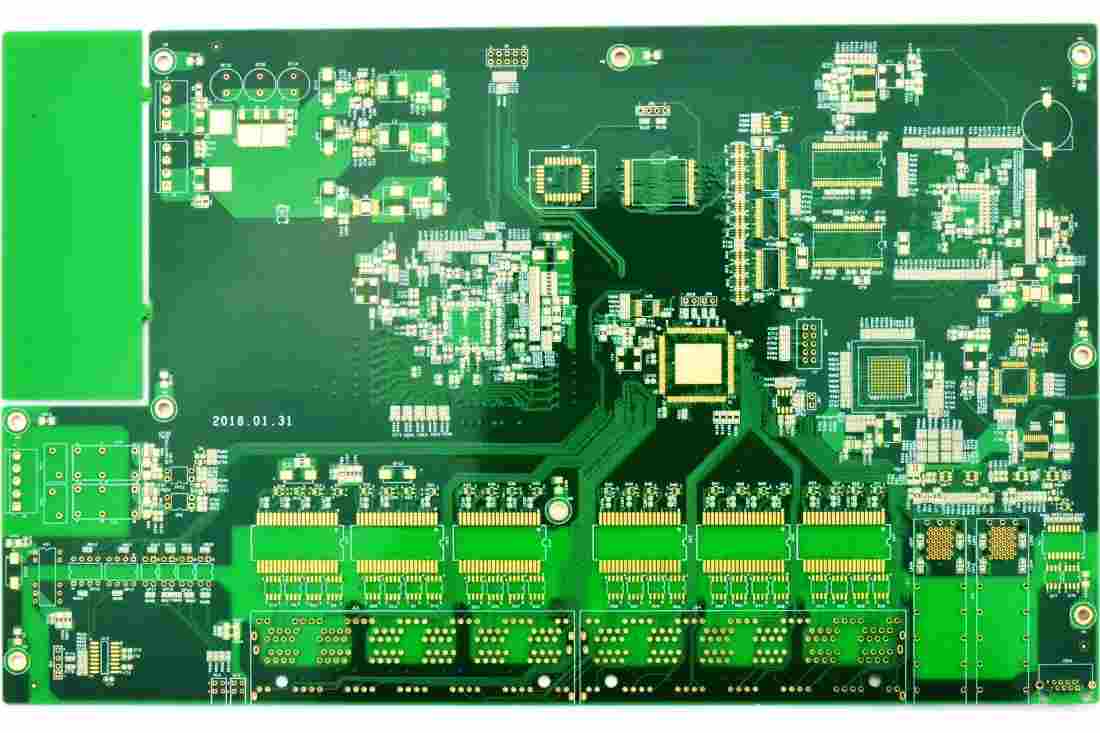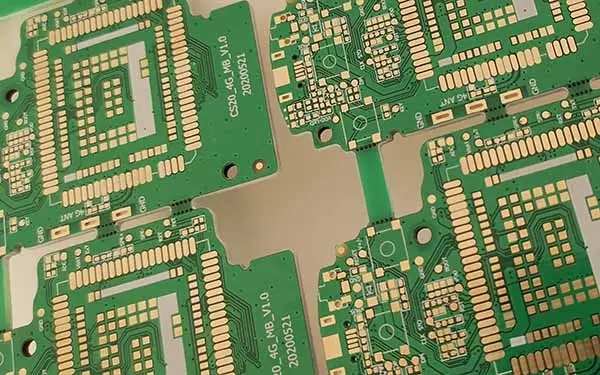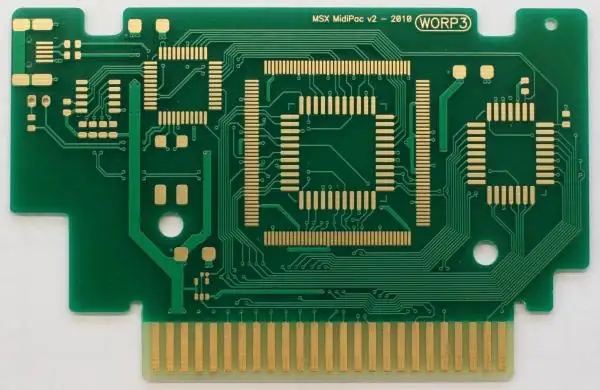
PCB Routing Technology of High Precision and Resolution Analog to Digital Converter
With the improvement of the new design type of converter, most analog digital converters become digital. Even with such changes, the design of PCB circuit wiring has not changed. This paper will introduce the wiring methods of analog to digital converters using continuous approximation buffer and Sigma Delta.
At first, analog to digital converters were mostly composed of analog circuits. Due to the improvement of the new design type, most slow analog to digital converters become digital. Even if the analog is changed into digital in the chip, the wiring work of the circuit board has not changed. This is still the case at present. When wiring designers deal with mixed signal circuits, they still need basic wiring knowledge to make the wiring work well. This paper discusses the circuit board wiring of analog to digital converters using continuous approximation buffer (SAR) and Sigma Delta.
Continuous approximation buffer converter routing
SAR analog-to-digital converters have resolutions of 8 bits, 10 bits, 12 bits, 16 bits, and sometimes 18 bits. At first, the manufacturing procedures and structures of these converters were dual carrier and R-2R ladder resistor networks. However, these components have recently become CMOS manufacturing programs using capacitor charging and distribution technology. The system wiring of these converters will not change with this change. Except for high resolution components, the basic way of cabling remains the same. These components need more attention to avoid digital feedback of the serial or parallel output interface of the converter.
According to the different block structures of circuit system and chip, SAR converter obviously belongs to analog device.
In this block diagram, sampling/holding, comparators, most digital to analog converters and 12 bit SAR are analog; The rest of the circuit is digital. As a result, the analog circuit in this converter consumes most of the power and current, and the digital circuit consumes very little current except for the small switching current in the digital analog converter and the interface.

This type of converter has several grounding and power supply pins. These pin names are often misunderstood as distinguishing between digital and analog based on their pin names. However, these pin names do not clearly indicate the meaning of connection with the system and circuit board. They distinguish how digital and analog current flow out of the chip. Knowing this information and understanding that the main component of the chip is simulation, it is meaningful to place the power supply and ground wire on the same plane, such as the analog plane.
These components usually have two grounding pins pulled out of the chip: AGND and DGND. The power supply only uses one leg. When wiring the circuit board of this chip, AGND and DGND shall be connected to the analog ground; The analog and digital power supply terminals shall also be connected to the analog power supply layer, or at least to the analog power supply wiring, with appropriate bypass capacitors added and as close as possible to the grounding and power supply terminals. The only reason why these components, like MCP3201, have only one grounding pin and one power supply pin is due to the limitation of the number of packaging pins. However, if the digital and analog pins are separated, the converter will get good accuracy and reproducibility.
The power wiring mode of all converters is: connect all grounding, positive and negative power supply pins to the analog surface. In addition, the "COM" or "IN" pins related to the input signal shall be connected to the signal ground as close as possible.
For high-resolution SAR converters (16 and 18 bit converters), it is necessary to separate digital noise from quiet analog converters and power supply layers. When connecting these components to the microcontroller, external digital buffers should be used to achieve a clean operating environment; Although these types of SAR converters usually have internal double buffers at the digital output, the use of external buffers further isolates the analog circuits within the converter from digital bus noise. Proper power handling mode shall be adopted for this system.
Note: When using high-resolution SAR analog-to-digital converter, the converter power and ground should be connected to the analog surface. The digital output of analog digital converter shall have buffer, and external tri state output buffer shall be used. These buffers separate the analog and digital surfaces and provide high drive capability.
Precise Sigma Delta cabling
Precise Sigma Delta analog-to-digital converters are mostly digital in the chip. In the early days of manufacturing such a converter, users separated the digital noise from the analog noise through the copper foil surface of the circuit board. SAR analog-to-digital converter may have multiple analog grounding pins, digital grounding pins and power supply grounding pins. Again, the general tendency of digital or analog design engineers is to connect these pins to each grounding or power supply surface. Unfortunately, this tendency can be misleading, especially when solving the noise problem of 16 to 24 bit accurate components.
A high-resolution Sigma Delta converter with a 10Hz data conversion rate, whose frequency (internal or external) can be as high as 10MHz or 20MHz. This high frequency is used to maintain the operation of the modulator and supersampling engine circuit. As in the case of SAR converter, AGND and DGND pins of this component are connected to the same ground plane. In addition, analog and digital power supply pins should be connected together, and better on the same layer of the circuit board. The requirements of analog and digital power supply surfaces are the same as those of high-resolution SAR converters.
Grounding is necessary, that is to say, at least two layers of boards should be used. On this double-layer board, the ground plane shall cover at least 75% of the area. The purpose of this grounding ground is to reduce the grounding resistance and inductance, and isolate electromagnetic interference and radio wave interference. If it is impossible to prevent the signal wiring from passing through the ground plane of the circuit board, the signal wiring should be as short as possible and perpendicular to the return path of the grounding current.
conclusion
There is no need to separate low resolution analog-to-digital converters - for example, the analog and digital pins of 6-bit, 8-bit, or possibly even 10 bit converters. However, as the resolution/accuracy of the selected converter increases, the cabling conditions become more stringent. High resolution SAR and Sigma Delta analog-to-digital converter, these two components must be directly connected to the analog grounding and power supply layer with low noise. PCB design and PCB processing manufacturers explain PCB wiring technology of high-precision and resolution analog digital converter.







